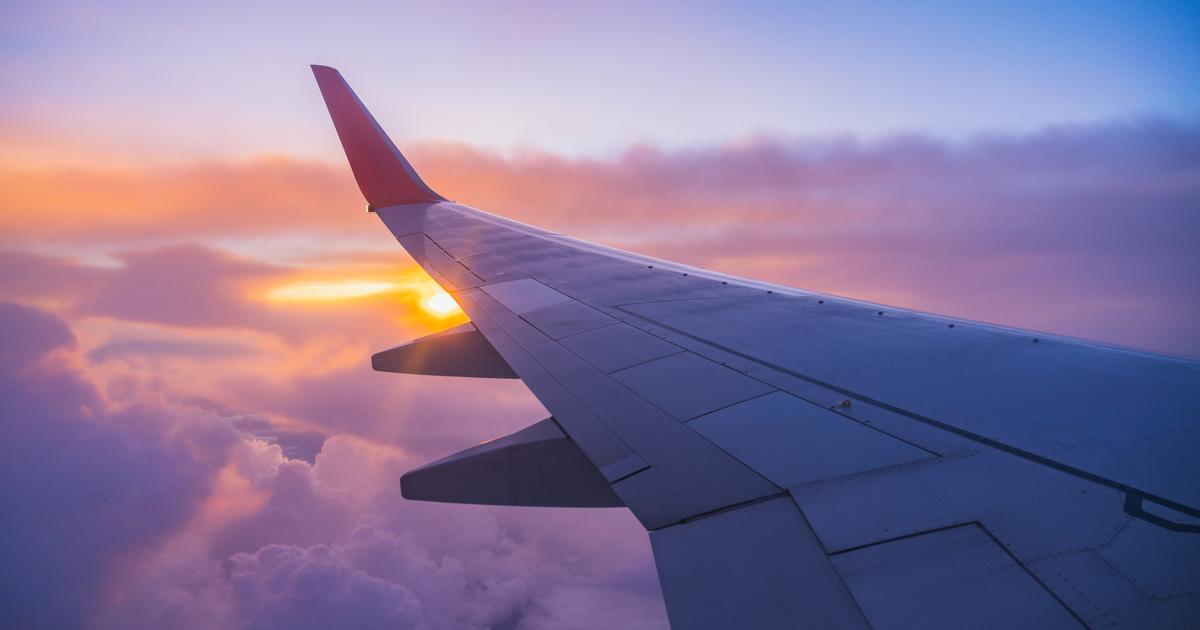It has not yet been abolished: the half-yearly time change.
It's that time again on October 31st.
What to look out for before and after - an overview.
The smartphone usually does it by itself, but you may have to help out with the analog alarm clock on the bedside table: the time change is due every six months.
On October 31, 3:00 a.m. becomes 2:00 a.m.
- the clock is set back one hour.
So Sunday has 25 hours and it gets light earlier in the morning, but also rather dark in the evening.
Time change: What else do you have to pay attention to?
First of all:
The changeover to winter time is more relaxed than turning the clock in spring
.
The reason: "The so-called winter time corresponds more to our internal clock than the so-called summer time," says sleep doctor Alfred Wiater.
You can also sleep an hour longer.
Not bad either.
In general, impairments caused by time changes in spring and autumn are, according to Wiater, comparable to
mini jetlag
.
The 24-hour rhythm gets mixed up, which affects not only the sleep-wake behavior, but also mood, concentration, attention and vegetative functions.
Particularly affected: parents with young children
"The change is
particularly annoying for babies
who have just found a stable sleep-wake rhythm," says Wiater.
You will be severely disturbed by it.
In later childhood, the impairments are comparable to those of adults.
They usually last up to a week, rarely longer.
Slowly getting used to it can make the clock change on October 31st easier for parents and children.
"Just go to bed a little later," advises the sleep doctor.
Winter time: accustom pets in good time
If a person's rhythm changes, this usually also affects the beloved four-legged friends in the household.
In the spring there is food a little earlier, which is often not a problem.
In autumn, however, it takes an hour longer * to fill the bowl overnight.
"Especially animals with a pronounced internal clock are affected,"
says Sarah Ross from the animal welfare foundation Vier Pfoten.
This can also be stressful for the owners, because dogs can get restless and downright nagging.
Cats react similarly, they then moan around and try all their tricks to draw attention to themselves.
also read
Plants infested with pests: Avoid disposal errors
If a plant is attacked by pests, one should act quickly and prevent the spread of the "disease".
Plants infested with pests: Avoid disposal errors
Paris in Bavaria: First commune introduces Tempo 30 on all streets - blueprint for the rest of the Free State?
A small village in Upper Franconia is following the French model and introducing Tempo 30 on all of its streets.
This makes it unique in Bavaria.
Paris in Bavaria: First commune introduces Tempo 30 on all streets - blueprint for the rest of the Free State?
Federal elections in Bavaria: Exclusive map shows all results from 2056 municipalities - and five findings
All 2056 Bavarian municipality results of the federal elections in one map.
There are also unexpected insights from our initial analysis.
Federal elections in Bavaria: Exclusive map shows all results from 2056 municipalities - and five findings
If you prepare
your
pet for the time change in good time
, you will save
yourself that.
A few days in advance you start delaying the feeding time, walking and then napping by a few minutes every day
.
"If there is still about a week left, all meals are turned around 10 minutes later every day," says Ross.
The slow changeover makes sense, especially for pets who, such as diabetics, are given medication at fixed times.
New dog or cat owners who have not yet seen their darling's internal clock on the screen and missed the minute's delay
would have to live with a nagging animal for a few days.
Be careful on the roads: twilight during rush hour
The time change also plays a role for drivers
. Because the twilight times now initially fall into the rush hour. So especially in the early morning and evening hours: slow down, keep an eye on the roadsides and be ready to brake. According to the ADAC, the likelihood of deer crossing is particularly high on routes through the forest or on confusing forest and field edges. Corresponding signs often mark such areas.
Every km / h less can pay off here. If you only drive 80 km / h instead of 100 km / h, you reduce the braking distance by almost 25 meters. So you might come to a stop in time or reduce the impact speed. Because not only the animals are in danger. The occupants can also suffer serious or fatal injuries.
According to ADAC and the nature conservation organization Nabu, those who spot animals on the edge should brake and dim in a controlled manner
. Bright headlights can freeze animals and become disoriented. Horns can scare them away. But be careful: always expect stragglers who can panic and cross the lane. Therefore, always start up again slowly and carefully.
You should never start uncontrolled evasive maneuvers.
That could endanger oncoming traffic or quickly end at the next tree, according to the ADAC.
If a collision cannot be avoided, hold the steering wheel, stay in lane and make an emergency stop.
Wildlife accident: there was a bang - what do I have to do now?
After a collision, the motto is: keep calm, turn on the hazard lights, put on the safety vest and secure the scene of the accident.
This also applies if the injured animal was able to flee.
Are people injured who dial 112 and provide first aid.
As long as you are waiting for the police or the hunter, the dead animal can be dragged to the edge of the road in
order to avoid subsequent accidents.
Always wear gloves to protect yourself from possible parasites or diseases.
On the other hand, injured animals should never be touched and kept away, as they can react in an uncontrolled manner.
Why does the risk of wildlife accidents increase in autumn?
For many wild animals, autumn marks the time of year in which the young animals born in spring go on the move themselves
, according to Nabu.
It is also the time of foraging before winter.
According to the German Hunting Association (DJV), deer are involved in every second game accident, smaller animals such as brown hares and martens in every fifth.
But wild boars and deer are also on the move.
The Nabu points out that moose can also appear in eastern Germany,
preferring to migrate from Poland along the rivers to Brandenburg.
Such large animals with high legs are particularly dangerous because the upper body can be catapulted onto the hood or windshield.
(dpa) * Merkur.de is an offer from IPPEN.MEDIA.













